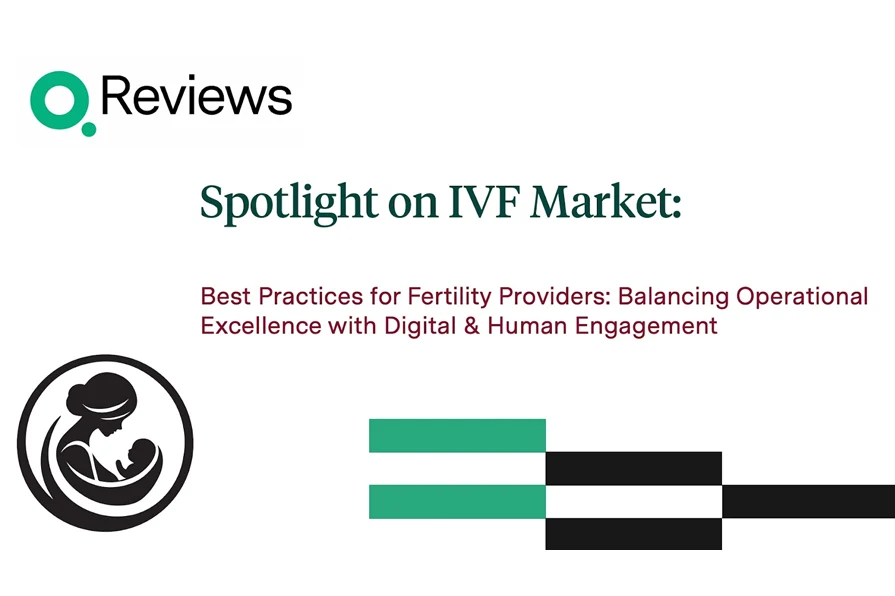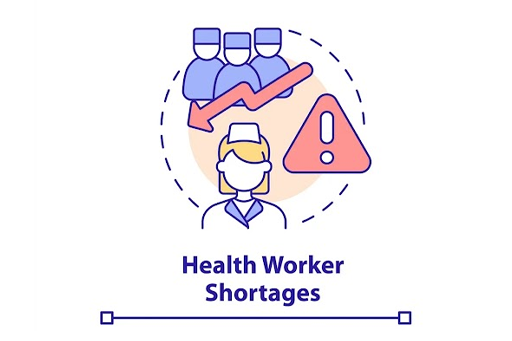
Best Practices for Fertility Providers: Balancing Operational Excellence with Digital and Human Engagement

In a rapidly evolving healthcare environment, Fertility providers face a complex intersection of economic pressures, insurance disparities, evolving patient expectations, and accelerating digital innovation. Fertility clinics that thrive in this space are those that skillfully blend operational efficiency with personalized care—without compromising the human touch that defines the patient experience.
Michael Pagliuca, Practice Administrator at Specialists in Reproductive Medicine and Surgery in Fort Myers, Florida, offers valuable insights into how Fertility practices can adapt and succeed by harmonizing digital tools with compassionate care and strategic operations.
Navigating Regional and Economic Challenges
Understanding the Local Market and Insurance Landscape
The regional payer landscape dramatically shapes fertility care delivery. In states like Florida, where insurance mandates for Fertility are limited, practices encounter a high proportion of self-pay patients. This differs sharply from states like New York, where broader insurance coverage facilitates greater access to services.
These disparities require practices in non-mandated states to be more innovative in both their marketing and operational models, tailoring strategies to attract and retain self-funded patients while maintaining financial viability.
Managing Economic Barriers
Limited coverage and rising healthcare costs create significant access barriers for patients and introduce revenue uncertainty for clinics. Practices must plan for economic fluctuations and explore sustainable revenue streams, including transparent pricing models, financing partnerships, and self-pay package optimization.
Operational Excellence as the Foundation for Growth
Prioritize Efficiency Before Expansion
Growth without operational discipline is unsustainable. Pegliuca underscores the importance of refining workflows before scaling: “If you’re not running efficiently, your growth won’t be sustainable.” Smaller practices often benefit from real-time oversight, while larger networks must implement strong systems and leadership layers to ensure quality and consistency.
Best practices for operational efficiency include:
- Cross-training staff to ensure workflow flexibility and coverage.
- Matching team members to roles based on strengths (e.g., empathetic communicators in patient-facing or billing roles).
- Streamlining processes like consent collection and billing with digital tools.
- Investing in staff training and retention to preserve institutional knowledge.
Embracing Digital Tools Without Losing the Human Touch
Smart Integration of Technology
Digital tools can significantly improve operational throughput—but only if they are thoughtfully implemented and seamlessly integrated into clinical workflows. Common solutions include:
- Automated consent platforms
- Remote notary services
- Digital storage and inventory management for cryopreserved materials
- Educational portals and automated appointment reminders
“When implemented well, these tools free staff to focus on meaningful patient interactions,” says Pegliuca. “But if they’re clunky or disconnected, they can actually create more problems.”
Enhancing Patient Engagement
Modern patients—especially digital natives—expect immediate, tech-enabled access to information. Clinics must meet them where they are through:
- Mobile-friendly websites with clear service listings
- Online scheduling, payment, and intake forms
- Responsive social media and online reputation management
- Patient referral tracking through EMRs
However, not all patients want a digital-only experience. Many still seek empathy, reassurance, and one-on-one communication. A hybrid model that adapts to individual preferences ensures all patients feel both empowered and cared for.
Protecting the Emotional Core of Fertility Care
Sensitive Handling of Dispositions and Storage
Disposition and consent decisions—whether for embryos, oocytes, or semen—carry emotional and legal weight. Assigning these responsibilities to experienced, long-tenured staff ensures compliance and empathy. Clear documentation, training, and digital tools help manage this sensitive area with care and consistency.
Preserving Empathy Through Small Gestures
Technology should enable—not replace—human connection. Pegliuca shares that handwritten sympathy cards, congratulatory gifts, and personal calls have an outsized impact on patients’ emotional journeys. These touches deepen trust and reinforce the clinic’s commitment to compassionate care.
Building and Maintaining Referral Networks
While digital marketing continues to grow in importance, traditional physician-to-physician referrals remain vital—especially in close-knit communities. Pegliuca highlights the power of:
- Personally calling referring physicians to offer updates and express gratitude.
- Tracking referral trends to optimize outreach efforts.
- Reinforcing the clinic’s reputation through ethical, patient-centered care.
Adapting to the Generational Shift in Expectations
Patients today expect the best of both worlds: fast, digital convenience alongside personalized care. Clinics must develop flexible engagement strategies to accommodate diverse preferences, whether that means offering a robust patient portal or taking time for a heartfelt phone call.
“Patients may have all the tools,” Pegliuca reflects, “but they still want to feel heard and seen. That’s where small touches make a big difference.”
Conclusion: The Future of Fertility Is Hybrid
The most successful fertility clinics of today—and tomorrow—are those that combine operational excellence with digital innovation and authentic human connection. By optimizing systems, embracing flexible technologies, and staying rooted in compassion, fertility providers can not only meet the challenges of the modern healthcare landscape but also build deeper, more lasting relationships with the patients they serve.








